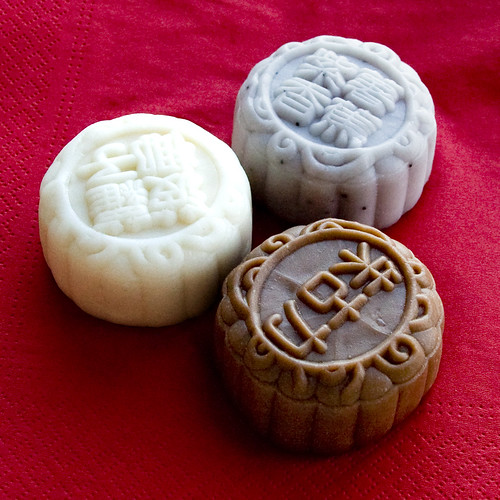Odourama for the Dead
In honour of my dearly departed grandfather, I've set to create a little shrine in his memory, which I have fondly decided to call "Odourama" (you'll see why shortly). Today is Dia de Los Muertos (Day of the Dead) - the day when Mexicans honour their loved ones who have passed away. Inviting their spirits with their favourite foods, objects and hobbies, and inviting them to the family dinner, quite literally.
The normalization of death, making it part of life, is a new concept to me and foreign to my culture. Many years have passed since my grandfather's premature death (on my 13th birthday), and I have grown up much more since. I never had the tools to really cope with this death, and I am thankful that no one close to me has passed in all these years. Creating a shrine that will symbolically invite my grandfather's spirit for just one day (we don't want to disturb the dead from their peaceful rest) is stepping away from my heritage and traditions; creating it prove to be something very personal and meaningful to me.
If scent has the power to banish evil spirits, surely it can invite the spirits of our loved ones. It may not be as meaningful to the spirit as it is to the living person making the invitation. I was only a child when my grandfather passed, and I can only remember some of the things my grandfather enjoyed in his earthly life. Strong black espresso, bittersweet chocolate, grapefruit and cornflakes for breakfast, and Old Spice cologne (which I could not find a trace of anywhere). He also picked Vol de Nuit for my grandmother's signature perfume many years ago, so I put a bottle of that in lieu of Old Spice. I'm sure that smelling my grandma's favourite perfume will please him just as much!
Next year I will build a real one with little skeleton sculpture to celebrate his life's accomplishments. But for now, using the essential oils of grapefruit, coffee and marigold (the Day of the Dead symbolic flower) work just as effectively. It is all about creating the space in your home for those no longer with us. Because we are physical beings, we need those physical reminders, even if once a year, that our loved ones still are with us in some invisible way. Now I'm going to brew some dark coffee. I've already got the coffee table set for three - with After Eight (his favourite chocolate), some cookies, and the great granddaughter he's never lived long enough to meet.
The normalization of death, making it part of life, is a new concept to me and foreign to my culture. Many years have passed since my grandfather's premature death (on my 13th birthday), and I have grown up much more since. I never had the tools to really cope with this death, and I am thankful that no one close to me has passed in all these years. Creating a shrine that will symbolically invite my grandfather's spirit for just one day (we don't want to disturb the dead from their peaceful rest) is stepping away from my heritage and traditions; creating it prove to be something very personal and meaningful to me.
If scent has the power to banish evil spirits, surely it can invite the spirits of our loved ones. It may not be as meaningful to the spirit as it is to the living person making the invitation. I was only a child when my grandfather passed, and I can only remember some of the things my grandfather enjoyed in his earthly life. Strong black espresso, bittersweet chocolate, grapefruit and cornflakes for breakfast, and Old Spice cologne (which I could not find a trace of anywhere). He also picked Vol de Nuit for my grandmother's signature perfume many years ago, so I put a bottle of that in lieu of Old Spice. I'm sure that smelling my grandma's favourite perfume will please him just as much!
Next year I will build a real one with little skeleton sculpture to celebrate his life's accomplishments. But for now, using the essential oils of grapefruit, coffee and marigold (the Day of the Dead symbolic flower) work just as effectively. It is all about creating the space in your home for those no longer with us. Because we are physical beings, we need those physical reminders, even if once a year, that our loved ones still are with us in some invisible way. Now I'm going to brew some dark coffee. I've already got the coffee table set for three - with After Eight (his favourite chocolate), some cookies, and the great granddaughter he's never lived long enough to meet.







